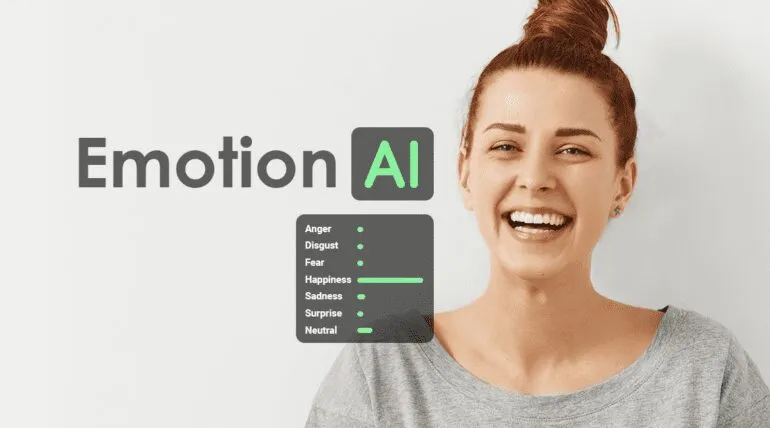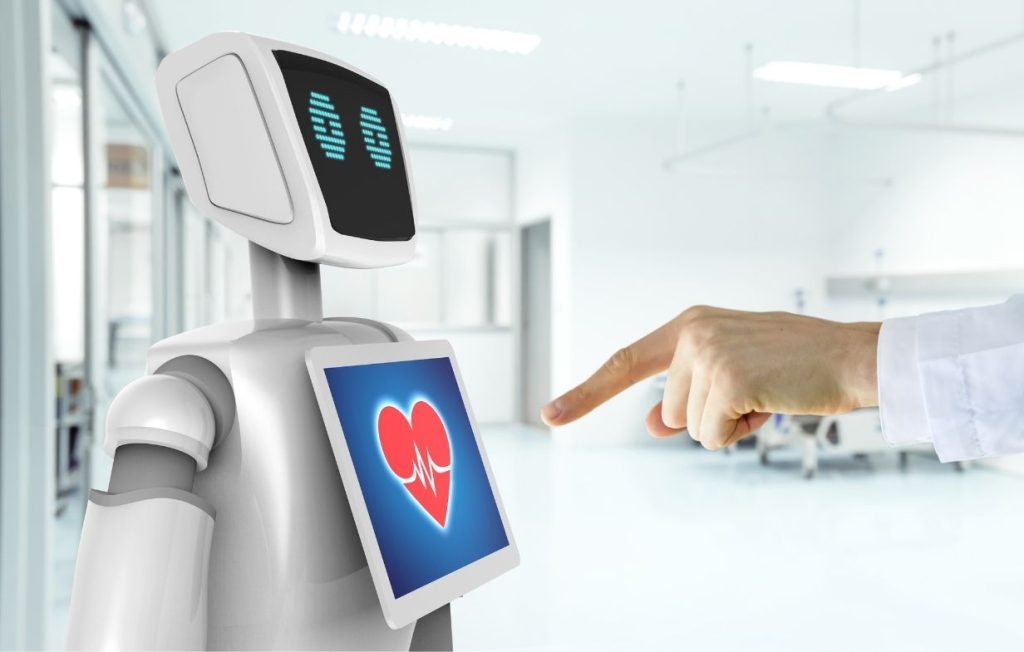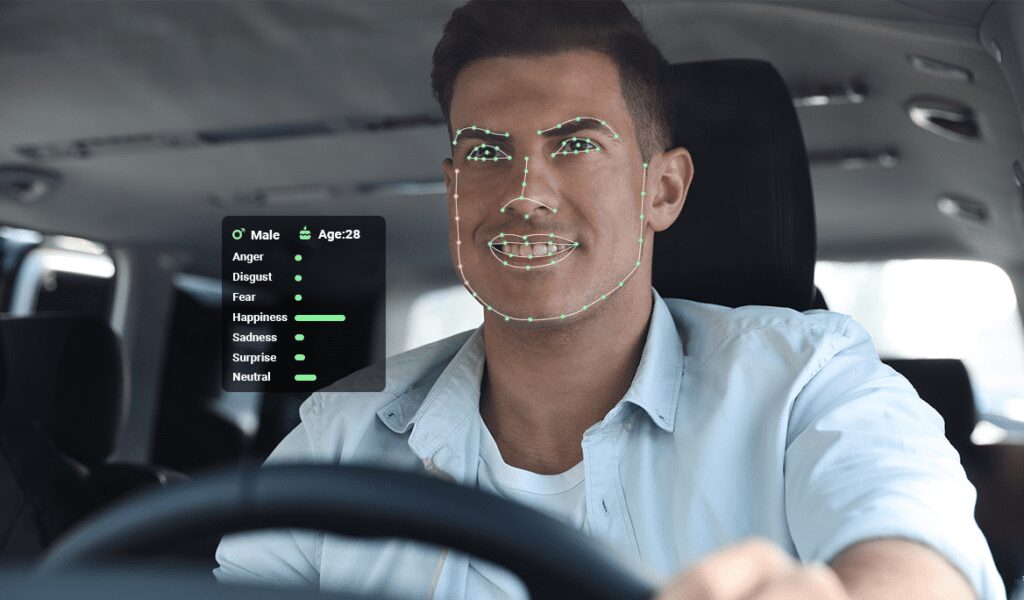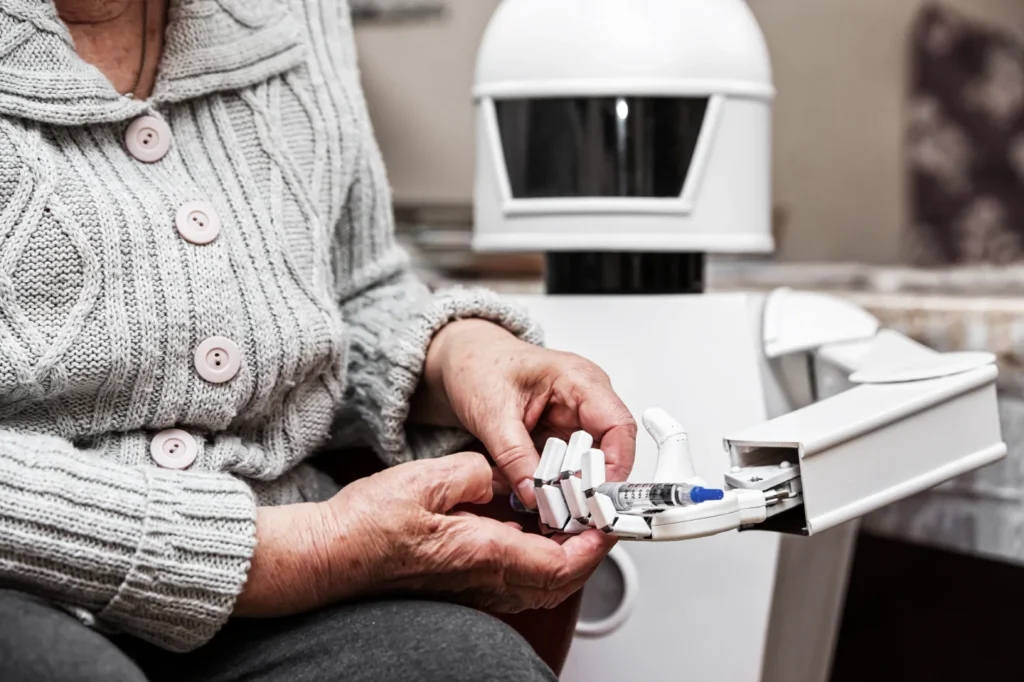Getting started with emotion AI: What is it and why you need it

Can machines really learn empathy and understand human emotions? It’s a question that has fascinated scientists and researchers for decades. And with the rise of emotion AI, we’re getting closer to an answer.
Emotion AI is a rapidly growing field that focuses on technologies that use artificial intelligence to recognize, interpret, and respond to human emotions.
But how does it work, and why do we need it? In this article, we’ll explore the basics of emotion AI and its potential applications in various fields, so make sure to read on!
What is emotion AI?
Emotion AI, also known as emotional AI, affective computing, or affective AI, is an emerging field of artificial intelligence that aims to detect, analyze, and respond to human emotions. It uses advanced machine learning algorithms to interpret human emotions and respond accordingly.

The idea of emotion AI has been around for a while, but it’s only in recent years that it has gained significant momentum. And it’s mostly due to the advances in AI and computer vision technology.
It is based on the principle that human emotions are expressed not only through facial expressions but also through speech, gestures, and physiological responses such as heart rate and skin conductance.
How does emotion AI technology work?
At the moment, we can safely say that humans are better at reading emotions. But technology is rapidly improving in this area, as well.
And what tech, i.e., algorithms are particularly skilled at is analyzing large amounts of data. They can, for example, detect facial expressions and their patterns that may indicate emotions like stress, anger, happiness, etc.
This means that algorithms have the potential to become highly skilled at reading and interpreting human emotions. And this could have implications for a range of applications – from customer service and marketing to healthcare and law enforcement.
But we’ll circle back to these applications. Let’s dive a bit more into how this technology works.
Emotional AI technology works based on machine learning algorithms that analyze large sets of data and learn to recognize patterns corresponding to specific emotions.
For example, emotion AI software can be trained to recognize that a specific combination of facial muscle movements corresponds to happiness while another combination corresponds to sadness or anger. These emotions can be tracked and detected live, i.e., in real time, as well as on video and image files.

This type of technology has important applications in various fields. But before we look into them, let’s see some of emotion AI’s most important benefits and drawbacks.
Emotion AI tech – main benefits and challenges
Like with any technology, there are both pros and cons to using emotional AI. So first, let’s talk about the pros.
Overall, there are many advantages to this tech as it can:
- Provide insights into human behavior and emotions that can be useful in important fields, including healthcare and education
- Help diagnose and treat mental health conditions such as depression and anxiety
- Help create more personalized and targeted marketing campaigns
- Provide a more immersive and engaging experience in gaming and entertainment
On the other hand, there are also potential downsides to the use of emotion AI. Or, better to say, certain challenges that need to be overcome and areas of concern that need to be addressed.
One concern is the potential for misuse of data, particularly in the areas of privacy and security. For example, at Visage Technologies, the emotion AI tech within our FaceAnalysis module is completely privacy-assured. It doesn’t store or process any personal data, such as photos or names, by default.

And this is an issue that needs to be addressed across the industry. Users need full transparency and clarity on what the technology is doing and what data it collects or stores.
There are also concerns about the potential for bias and discrimination in the algorithms used to interpret emotions, which could negatively affect certain groups of people.
So, what the industry, i.e., the tech companies need to do here is make sure to build AI with diverse and representative datasets, as well as create processes that will minimize the possibility of bias creeping in.
Where can emotional AI be used?
Overall, emotion AI has the potential to improve many areas of our lives by providing new insights into human emotions and behaviors. While there are concerns about privacy and ethics surrounding its use, the benefits of emotion AI are significant and can potentially transform many industries.
This is also obvious in the fact that the market for emotion AI is growing rapidly.
According to a report by MarketsandMarkets, the global emotion detection and recognition market is expected to reach $43.3 billion by 2027, growing at an annual rate of 12.9% from 2022 to 2027.
Moreover, the report cites the growing demand for AI-powered customer service and the increasing use of emotion AI in healthcare and automotive applications as key drivers of this growth.
So, let’s dive deeper into some of these applications.
– Healthcare

One of the most promising use cases for emotion AI is in mental health diagnosis and treatment. Here, healthcare workers can use it to identify patterns of emotional distress in patients, which can then help develop more effective treatment plans. For example, emotion AI can detect signs of depression and anxiety in patients through their speech and facial expressions.
– Marketing

In marketing, emotion AI is being used to create more personalized and targeted campaigns. By analyzing customer emotions, companies can test products and create marketing messages likelier to resonate with their target audience. For example, it can help analyze customer reactions to a particular product or service, thus allowing marketers to create more effective marketing campaigns.
– Automotive

Emotion AI is being used in the automotive industry to enhance the driving experience and safety of passengers. For example, combined with face recognition and face tracking technology, it can detect the driver’s emotional state and adjust the vehicle’s settings accordingly. Additionally, in cars equipped with autonomous driving technology, the tech can monitor the emotional state of passengers and provide appropriate responses in case of emergencies or unexpected situations.
– Gaming

Game developers are using emotion AI to create more immersive and personalized gaming experiences. For example, they use it to adapt gameplay, music, and graphics in response to the player’s emotional state. Additionally, the tech can also be used in game testing to analyze player feedback and identify areas for improvement, helping to create more enjoyable and engaging games.
– Robotics

One of the more fascinating applications of emotion AI is in robotics. Or more precisely, in creating social robots that can perceive and respond to human emotions. These robots are designed to interact with humans in a more natural and empathetic manner, which can enhance the user experience and improve the overall functionality of the robot. As a result, social robots can serve as companions, caregivers, and assistants for people in various settings, including healthcare, education, and entertainment.
Connect with your emotions like never before with FaceAnalysis and emotion AI
Ultimately, emotion AI technology has the potential to enhance our understanding of human emotions and behavior. This can lead to better customer insights and business strategies, the development of valuable tools and applications, more empathetic and effective interactions between humans and tech, and much more.
With the market for emotion detection continuing to grow rapidly, it’s clear that there is significant interest in this technology. And if you, too, have an interest in this tech, don’t hesitate to get in touch with us and explore Face Analysis within our visage|SDK. It includes a range of AI-powered functionalities, including facial analysis and emotion AI, which you can easily integrate into your own software and detect and analyze human emotions in real time.
Get started with emotion AI
Empower your business and connect with your customers on a deeper level by incorporating emotion AI. Get started today!


